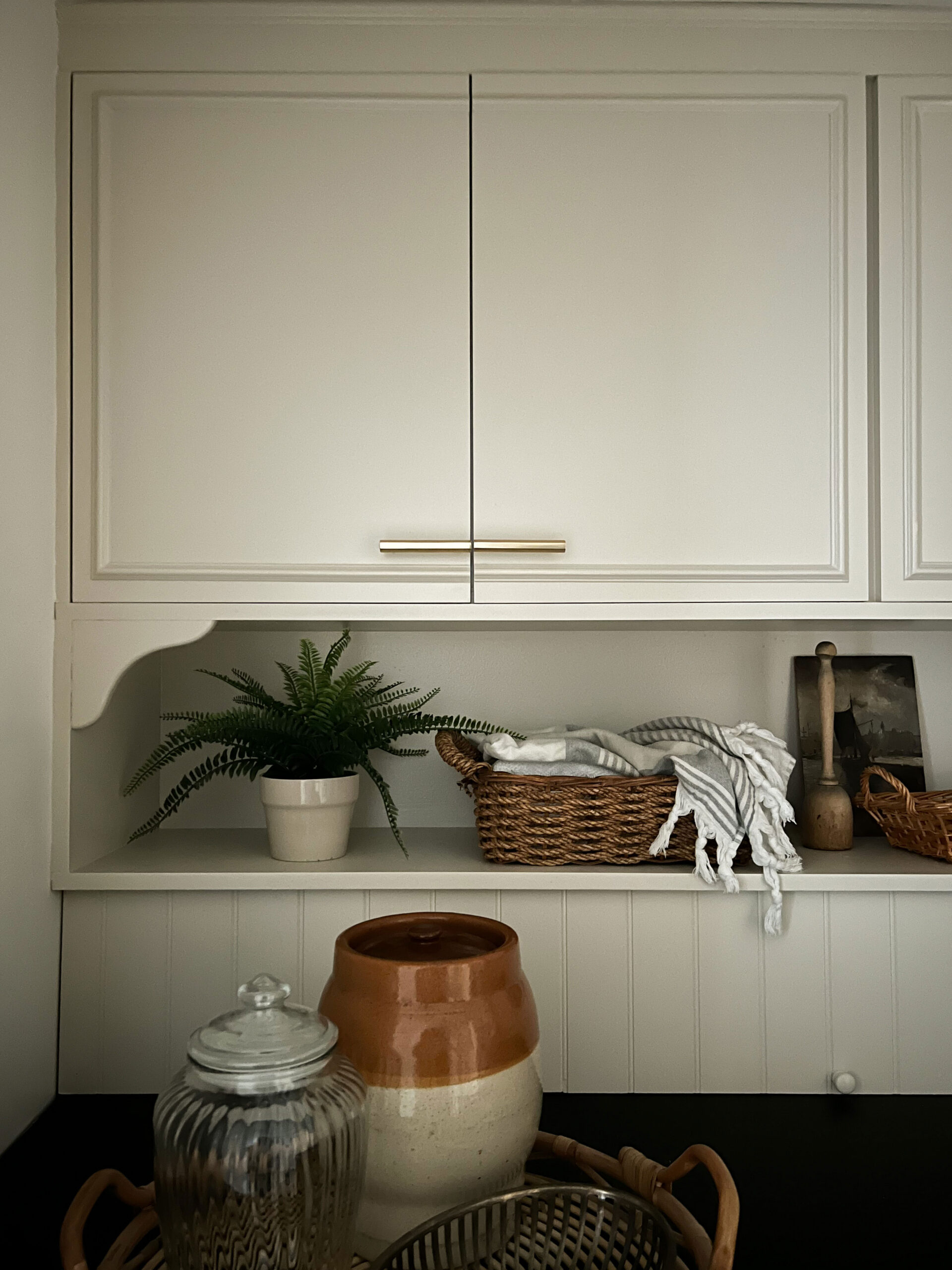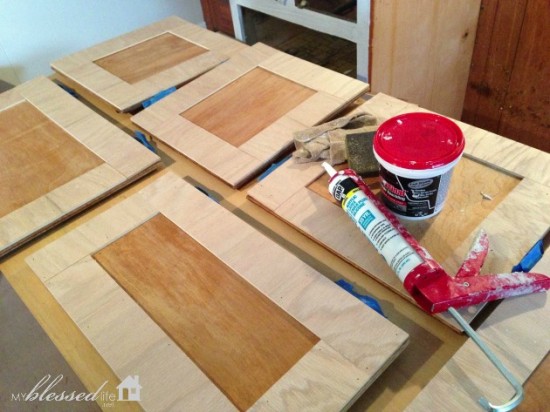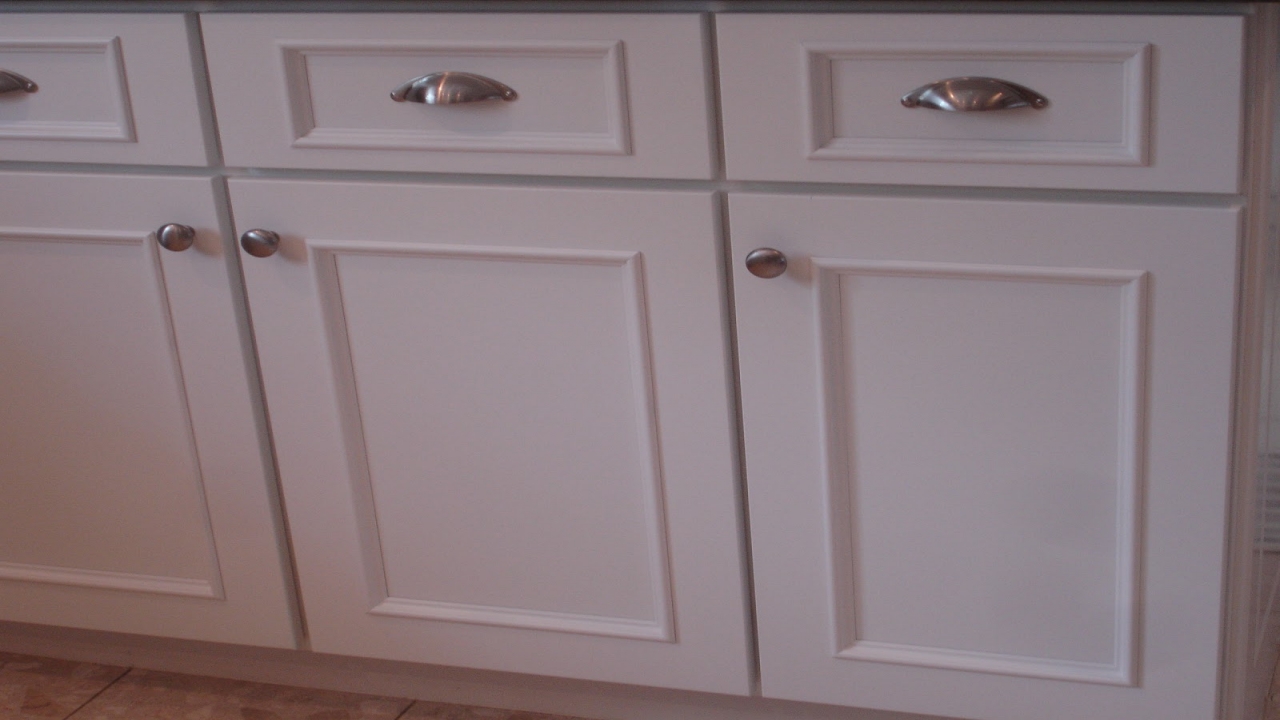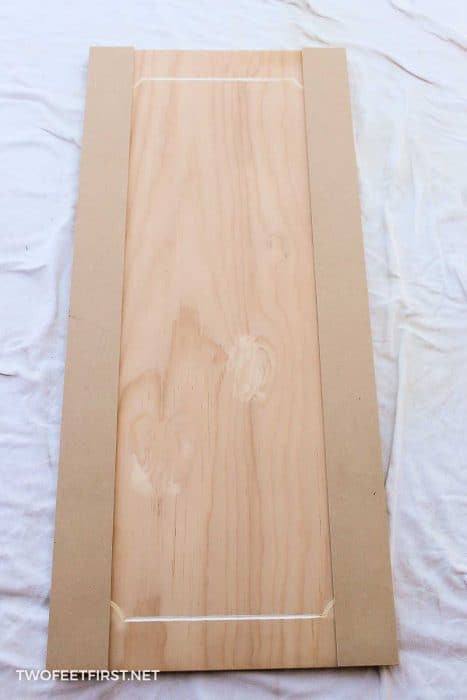Enhancing Your Kitchen Cabinets with Trim
Adding trim to kitchen cabinet doors is a simple yet effective way to elevate the overall look and style of your kitchen. Whether you prefer a classic, traditional aesthetic or a more modern and sleek design, incorporating trim can help achieve the desired look. In this article, we’ll explore the various options for adding trim to kitchen cabinet doors, including types of trim, installation methods, design considerations, and benefits.

Types of Trim
Several types of trim can be used to enhance kitchen cabinet doors, each offering its unique look and style. One popular option is crown molding, which is installed along the top edge of the cabinet doors to add a decorative finish and create a seamless transition between the cabinets and the ceiling. Crown molding is available in a variety of styles and profiles, allowing homeowners to choose the option that best complements their kitchen decor.
Another common type of trim used on kitchen cabinet doors is base molding, which is installed along the bottom edge of the cabinets to provide a finished appearance and conceal any gaps between the cabinets and the floor. Base molding can be simple and understated or more elaborate, depending on the desired look.
Other types of trim that can be used on kitchen cabinet doors include panel molding, which adds depth and dimension to flat cabinet doors, and beadboard molding, which features a series of vertical grooves for a classic and timeless look. Additionally, homeowners can choose from a variety of decorative trim options, such as rope molding, dentil molding, or fluted molding, to add character and visual interest to their kitchen cabinets.

Installation Methods
There are several methods for installing trim on kitchen cabinet doors, depending on the type of trim and the desired look. For crown molding and base molding, the trim is typically cut to size and mitered at the corners to create a seamless finish. The trim is then attached to the cabinet doors using a combination of glue and finishing nails or screws.
Panel molding and beadboard molding can be installed directly onto flat cabinet doors using construction adhesive or glue. Alternatively, homeowners can choose to remove the cabinet doors and attach the trim to the door frames for a more integrated look.
Regardless of the installation method chosen, it’s important to measure and cut the trim accurately to ensure a precise fit. Additionally, take care to properly sand and finish the trim before installation to achieve a smooth and polished look.

Design Considerations
When adding trim to kitchen cabinet doors, it’s important to consider the overall design aesthetic of the kitchen and choose trim that complements the existing decor. For a traditional or classic look, opt for crown molding or panel molding with intricate details and profiles. For a more modern or contemporary look, choose simpler and more streamlined trim options such as base molding or flat trim.
Additionally, consider the color and finish of the trim to ensure it coordinates with the existing cabinet finish. While white is a popular choice for trim, other options such as stained wood or painted finishes can add warmth and character to the kitchen.
Furthermore, consider the scale and proportion of the trim to the size of the cabinets and the overall kitchen space. Avoid using trim that is too large or ornate for smaller cabinets, as this can overwhelm the space. Instead, opt for trim that is proportionate to the size of the cabinets and complements the overall design aesthetic.

Benefits
Adding trim to kitchen cabinet doors offers several benefits beyond aesthetic enhancement. One of the main benefits is the ability to conceal imperfections and gaps between the cabinets and the surrounding walls or ceiling. Trim provides a finished and polished appearance, creating a cohesive and seamless look in the kitchen.
Additionally, adding trim to kitchen cabinet doors can help increase the resale value of the home by enhancing the overall appearance of the kitchen. Potential buyers are often drawn to kitchens with custom details and finishes, making trim a worthwhile investment for homeowners looking to sell their homes in the future.
Furthermore, adding trim to kitchen cabinet doors allows homeowners to personalize their kitchen and express their style and tastes. Whether you prefer a classic, traditional look or a more modern and contemporary design, incorporating trim can help achieve the desired aesthetic and create a kitchen that reflects your personality.

Common Mistakes to Avoid
While adding trim to kitchen cabinet doors can enhance the overall look and style of your kitchen, there are some common mistakes to avoid to ensure a successful outcome. One common mistake is choosing trim that is too ornate or elaborate for the style of your kitchen. It’s important to select trim that complements the existing decor and doesn’t overwhelm the space.
Another common mistake is failing to properly measure and cut the trim to size before installation. It’s essential to take accurate measurements and use a miter saw or miter box to cut the trim at precise angles for a seamless finish.
Additionally, neglecting to properly sand and finish the trim before installation can result in a rough and uneven appearance. It’s important to sand the trim thoroughly and apply a primer and paint or stain to achieve a smooth and polished finish.
Furthermore, failing to secure the trim properly during installation can lead to issues such as gaps or uneven seams. It’s important to use construction adhesive or glue along with finishing nails or screws to ensure the trim is securely attached to the cabinet doors.

Can I add trim to existing kitchen cabinet doors?
Yes, you can add trim to existing kitchen cabinet doors to enhance their appearance and style. Depending on the type of trim and the desired look, you may need to remove the doors and attach the trim to the door frames or install the trim directly onto the doors.
What tools do I need to add trim to kitchen cabinet doors?
Some tools you may need to add trim to kitchen cabinet doors include a miter saw or miter box, a tape measure, a pencil, a hammer or nail gun, a level, sandpaper, and finishing nails or screws.
How do I choose the right trim for my kitchen cabinet doors?
When choosing trim for your kitchen cabinet doors, consider factors such as the style of your kitchen, the existing decor, and your personal preferences. Crown molding, base molding, panel molding, and beadboard molding are popular options to consider.
Can I paint or stain the trim to match my existing cabinet finish?
Yes, you can paint or stain the trim to match your existing cabinet finish. Choose a paint or stain color that complements the existing cabinets and finish the trim with a clear topcoat for added durability and protection.
Is adding trim to kitchen cabinet doors a DIY project, or should I hire a professional?
Adding trim to kitchen cabinet doors can be a DIY project for homeowners with basic carpentry skills and the right tools. However, if you’re unsure or inexperienced with woodworking projects, it may be best to hire a professional to ensure a successful outcome.

Update kitchen cabinets without replacing them by adding trim

Kitchen cabinet door trim ideas Hawk Haven

Update kitchen cabinets without replacing them by adding trim

DIY Interior Door Hacks

How to Assemble an IKEA Sektion Pantry – Infarrantly Creative

Update kitchen cabinets without replacing them by adding trim

Kitchen cabinet doors replacement with New Cabinet Doors – YouTube

Related Posts:
- Mullion Kitchen Cabinet Doors
- Gel Stain Kitchen Cabinets Before After
- Kitchen Cabinets In Bedroom
- Corner Kitchen Cabinets For Sale
- White Kitchen Cabinets With Gray Quartz Countertops
- Kitchen Cabinet Importers
- How To Decorate Soffit Above Kitchen Cabinets
- Pecan Wood Kitchen Cabinets
- Cranberry Kitchen Cabinets
- Restoration Hardware Kitchen Cabinet Pulls